Volkswagen in bringing new green tech to Geneva, and this Polo BlueGT is the host. The headline feature is active cylinder management or ACT. It’s basically a cylinder deactivation system, something that’s being introduced for the first time in a VW, and in a small engine.
The results are spectacular – the 1.4-litre TSI Polo BlueGT with 140 PS has a combined fuel consumption of just 4.7 litres per 100 km, and if specified with the seven-speed DSG gearbox, FC drops to just 4.5 litres per 100 km. All the more amazing on a petrol engine with a 0-100 km/h time of 7.9 seconds and a 210 km/h top speed.
VW attributes these amazing figures to the combined strength of ACT, downsizing and BlueMotion tech such as stop/start and battery regeneration.
This 1.4 TSI is the top engine of the entirely new EA211 series. EA211 and EA288 series diesel engines are “technological pillars” of Volkswagen’s future Modular Transverse Matrix (MQB) platform.
Here’s how ACT works. It becomes active at engine speeds from 1,250 to 4,000 rpm, and at torque outputs from 25 to around 100 Nm. VW says that this range includes nearly 70% of all driving states in the EU driving cycle. When the driver presses the accelerator, two cylinders are imperceptibly reactivated. VW says that even with two cylinders, the 1.4 TSI runs just as quietly with as little vibration as on all fours.
All mechanical switchover actions are completed within one half of a camshaft revolution, or between 13 and 36 milliseconds. The transitions are smoothed by supporting interventions to the ignition and throttle valve.
There’s also an accelerator pedal sensor and monitoring software that can also detect non-uniform driving profiles – such as while driving through traffic or in a sporty manner. In such cases, cylinder shutoff is disabled. The multifunction display between the speedo and tacho shows the driver how many cylinders are active.
VW says that shutting down two cylinders under low and medium loads reduces fuel consumption in the EU driving cycle by about 0.4 litres per 100 km. In constant speed driving at 50 km/h in third or fourth gear, fuel savings are as much as one litre per 100 km, which is significant.
To further reduce emission and consumption while boosting low end torque, the intake camshaft was designed to be adjustable over a range of 50 degrees crank angle on all EA211 engines. In the 1.4 TSI here, an exhaust camshaft adjuster is added.
The Polo BlueGT will go on sale in July. Looking like the best balanced pick of the range, it slots between the Polo 1.2 TSI (105 PS) and the Polo GTI (180 PS).
Looking to sell your car? Sell it with Carro.

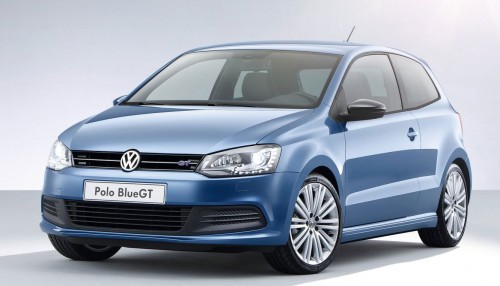
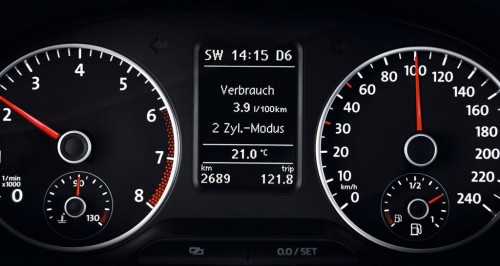
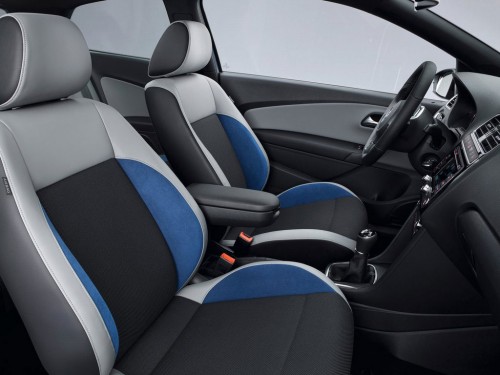
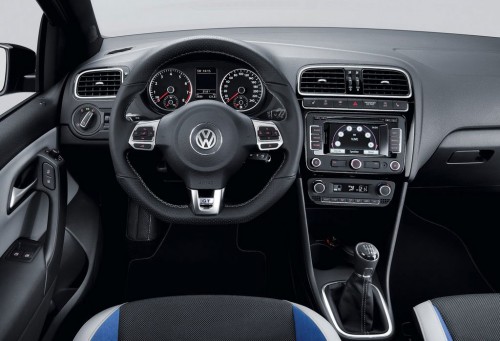
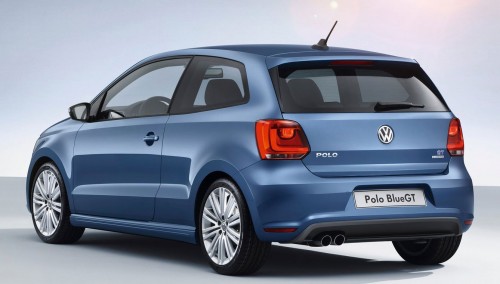



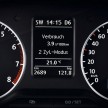



















AI-generated Summary ✨
Comments generally express admiration for Volkswagen's innovative technologies like ACT cylinder deactivation and turbocharged engines, appreciating their potential for fuel efficiency and performance. Many discuss concerns about the reliability and long-term durability of VW's advanced systems, citing past issues and the need for extensive testing. There is also speculation about how these innovations could be integrated into Proton models at lower costs, and debates about VW's pricing strategy and production costs for mass-market models in Malaysia. Enthusiasts are excited about the technological advancements, but some remain cautious due to past technical problems and the premium pricing. Overall, comments show a mix of excitement, skepticism, and optimism regarding VW's new engine tech and its relevance to the local market.